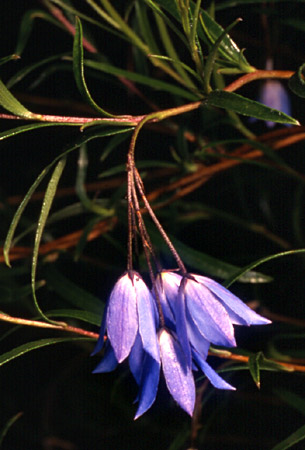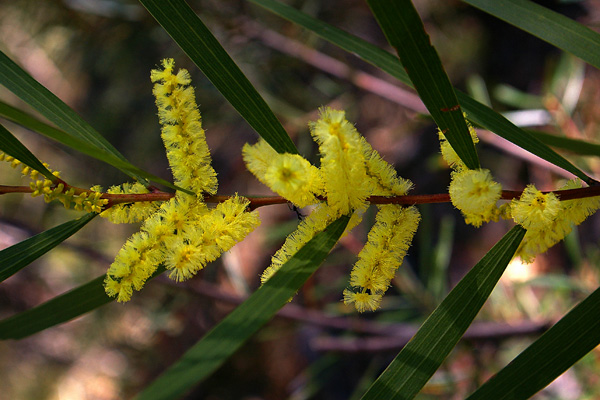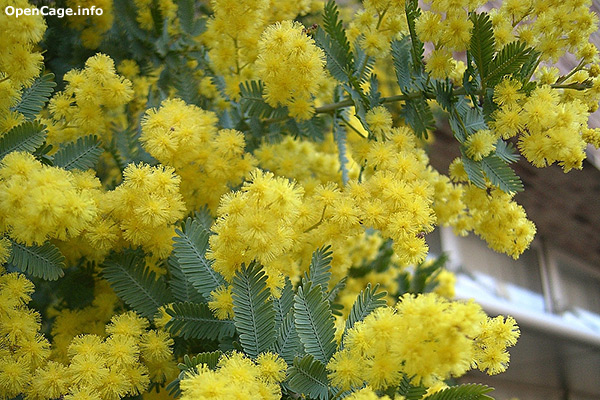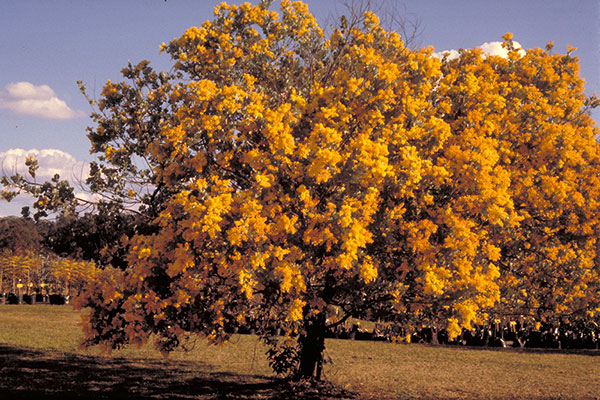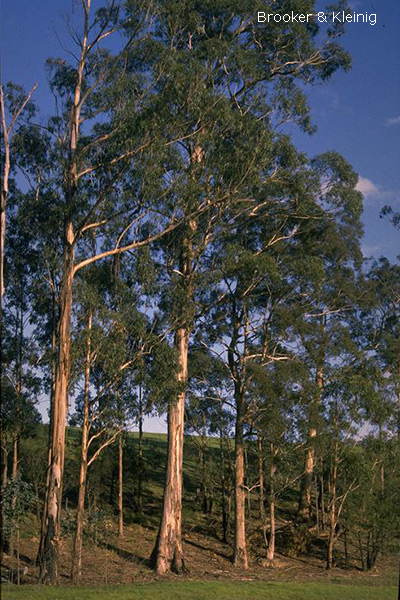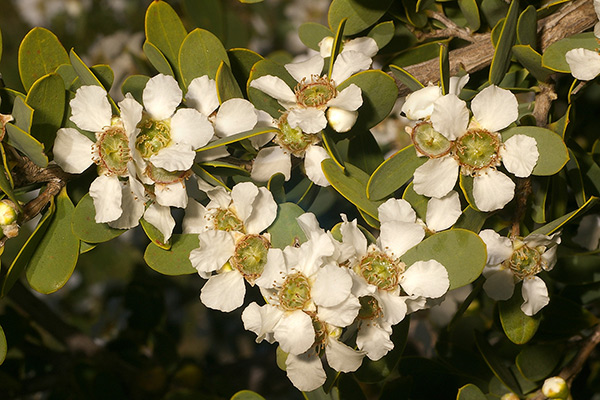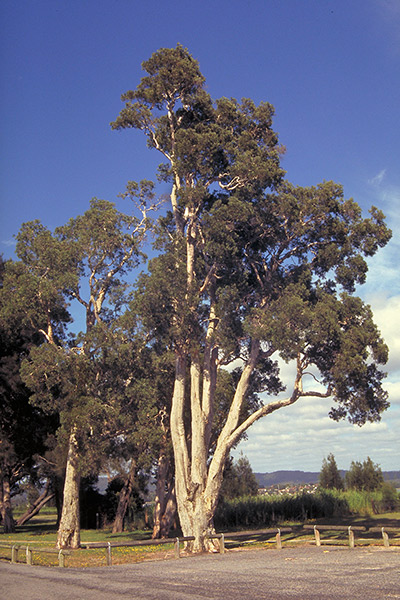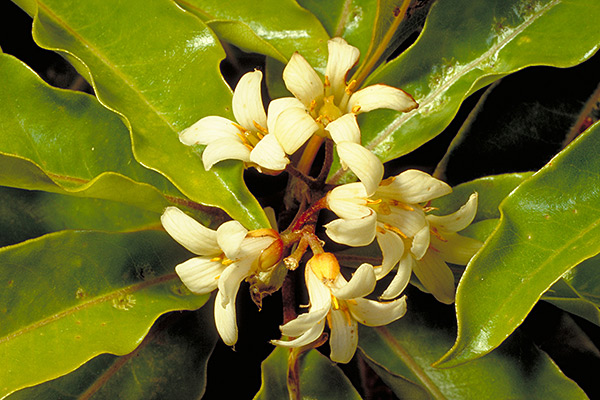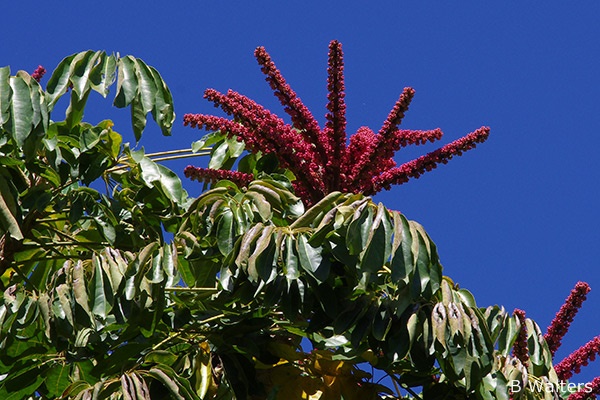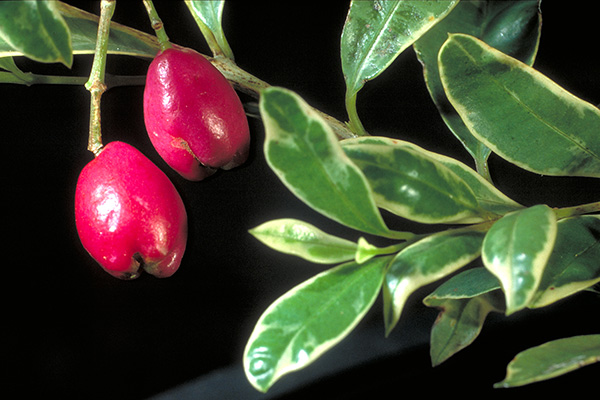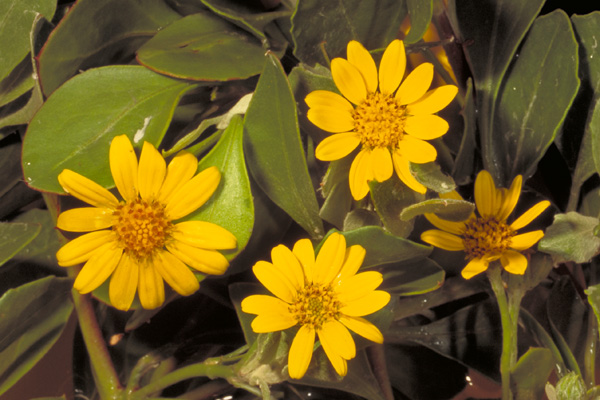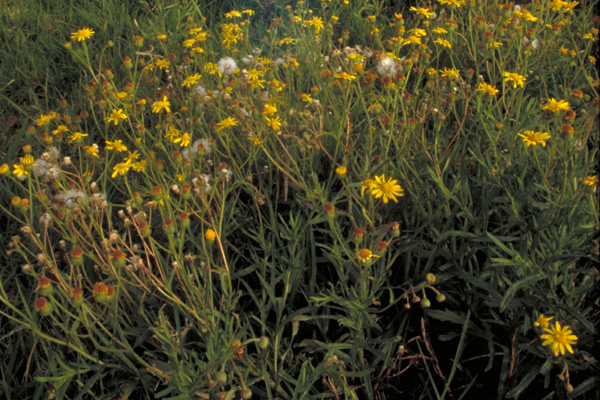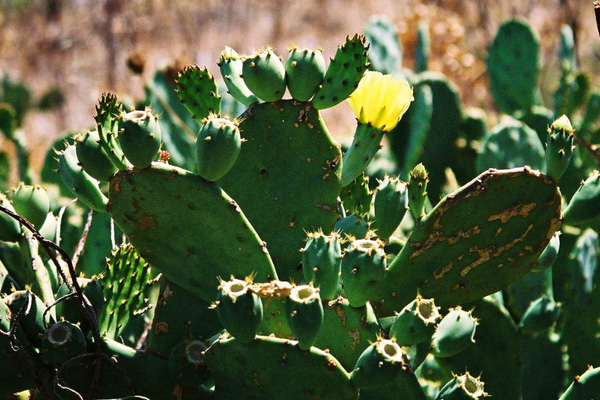Australian Plants Awards 2022
Every two years two medals are given in association with the ANPSA Biennial Conference, one in the professional and one in the amateur category. “Amateur” is not intended to signify less valued or amateurish. On the contrary, the recipients invariably are people who have unstintingly given their time and made significant contribution in the area of their interest and expertise.
At the 2022 ANPSA Conference in Kiama, New South Wales, Australian Plants Awards were conferred upon Judith Harvey (Professional award) and David Pike (Amateur award). The citations accompanying the awards are reproduced below.
Judith Harvey
Judith completed her Bachelor of Science at Murdoch University (Environmental Science, Murdoch University 1975 – 1977) and followed this with a Masters of Philosophy (Vegetation Science Curtin University 2011 – 2014).
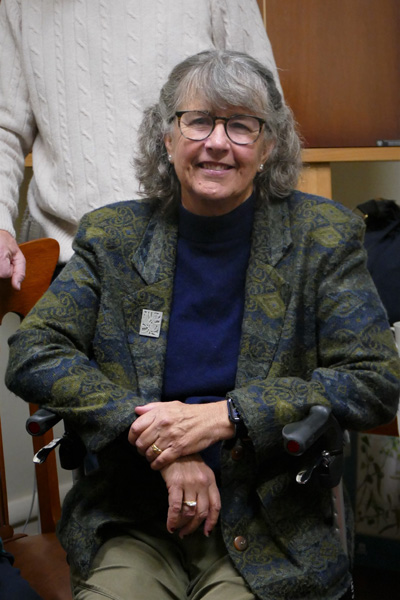 Judith joined the Wildflower Society of WA (Inc) (Society) in 1980 when she was in her 20s. Almost immediately she became the Society representative on the WA Conservation Council, the peak group of environmental groups in WA and from 1985-8 she was Society Vice President.
Judith joined the Wildflower Society of WA (Inc) (Society) in 1980 when she was in her 20s. Almost immediately she became the Society representative on the WA Conservation Council, the peak group of environmental groups in WA and from 1985-8 she was Society Vice President.
In 1981 Judith began work with the then Department of Fisheries and in keeping with her conservation ethos she worked on native plant science including: vegetation description and mapping, fire ecology, conservation planning, and plant identification. She has been responsible for the completion of several important projects including WA’s Vegetation Map.
Another focus of Judith’s work was long-term ecological studies (>30 years) at three principal locations: Eneabba, Tutanning Nature Reserve, and Two People’s Bay. Long term studies are rare in ecology.
After returning to WA in 2007 Judith again became active in the Society. As well as Committee roles and helping to organise the ANPSA Conference in Albany, Judith joined the Bushland Plant Survey Program (PSP) which is a citizen science program running since 1988. Judith accepted the position of Volunteer Coordinator of the PSP in 2011. However, like most employed positions in the Society much of the time spent on the program is in a voluntary capacity including as a leader in the field and the botanist support work.
Judith is a member of the Rottnest Island Volunteer Guides, focusing on botanical activities such as conducting plant surveys, monitoring populations, seed collecting and propagation of island plants, undertaking scientific studies, and revegetation. In the late 2010’s the RVGA members worked on a comprehensive collection of the island’s native and naturalised plants. Judith organized the PSP participation in this project, which has resulted in a book on the Island’s flora and a field herbarium.
Plant identification sessions for each survey are carried out in the Reference Herbarium at the Perth Herbarium on Wednesdays for about 45 weeks each year. These sessions involve sorting and identification of quadrat vouchers, field herbarium specimen selection, data entry and field herbarium specimen labelling. Thousands of specimens have been handled over the period. Judith focused on using these sessions to train new PSP volunteers in these tasks.
Judith is also an artist, creating lino prints and watercolour paintings inspired by WA wildflowers.
David Pike
As a non-scientist, David Pike has developed a remarkable knowledge of Western Australian native flora and fauna (including invertebrates) and habitat over 40 years. Many scientists call on his local knowledge when undertaking surveys and publications.
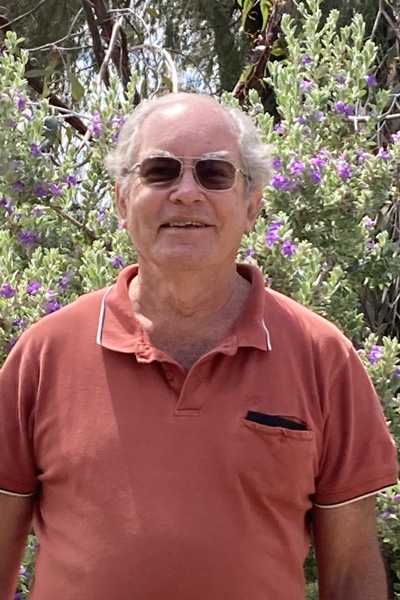 David has been involved since the 1997 beginning of the Northern Suburbs Branch Nursery at Landsdale Farm which propagates rare and unusual WA native flora for public sale into home gardens. Around 20,000 plants are sold each year, with expert advice willingly provided by nursery volunteers on locations, species and growing. He is a key propagator and organiser, oversees the propagation of the Eremophila collection and takes a leading role in managing the Wildflower Society Northern Suburbs gardens at the Farm.
David has been involved since the 1997 beginning of the Northern Suburbs Branch Nursery at Landsdale Farm which propagates rare and unusual WA native flora for public sale into home gardens. Around 20,000 plants are sold each year, with expert advice willingly provided by nursery volunteers on locations, species and growing. He is a key propagator and organiser, oversees the propagation of the Eremophila collection and takes a leading role in managing the Wildflower Society Northern Suburbs gardens at the Farm.
David organises and participates in rescue and recovery activities, collecting species from development sites for nursery propagation or transplanting to non-threatened locations.
David was active in establishing a botanical native garden at Yanchep National Park, located 50km north of Perth and as a member of the Friends of Star Swamp Bushland, a 96-hectare Class-A reserve in Perth’s northern suburbs. David has also done critical work to preserve and enhance Koondoola Regional Bushland and Lake Gwelup Reserve.
In conjunction with WSWA, he leads a monthly guided walk and annual nocturnal and wildflower walks for the public through Star Swamp Bushland Reserve and David has led monthly guided walks through other bushlands including Lake Gwelup Reserve and Koondoola Reserve for 30 years.
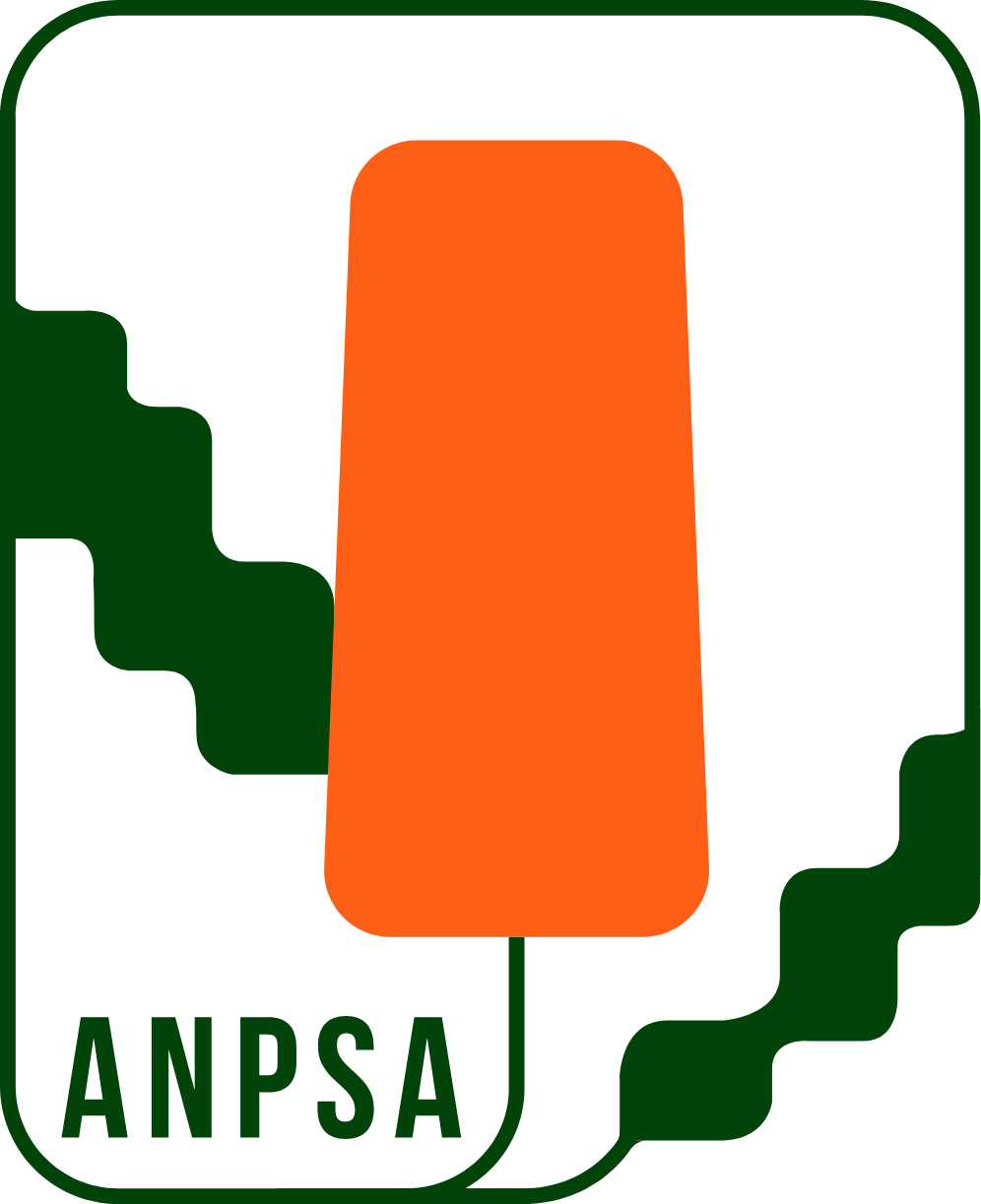 Australian Native Plants Society (Australia)
Australian Native Plants Society (Australia)